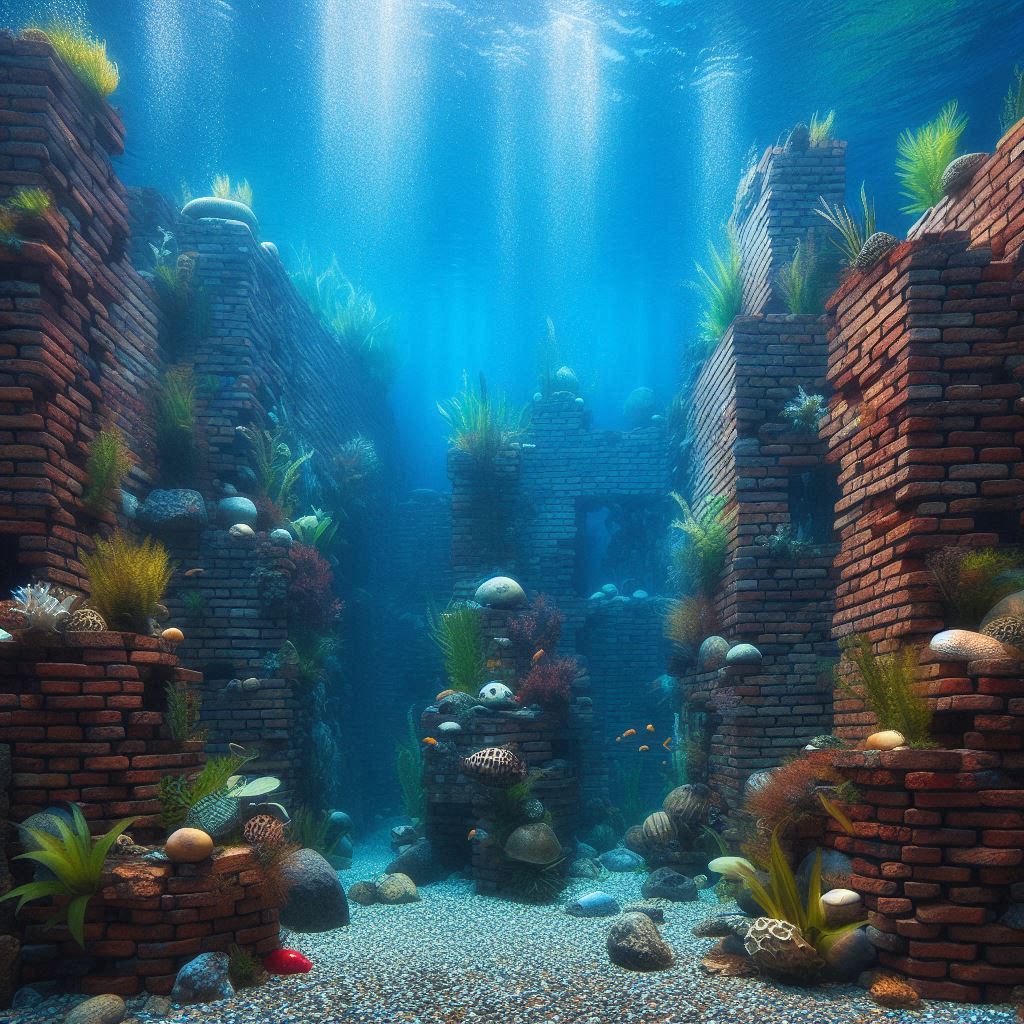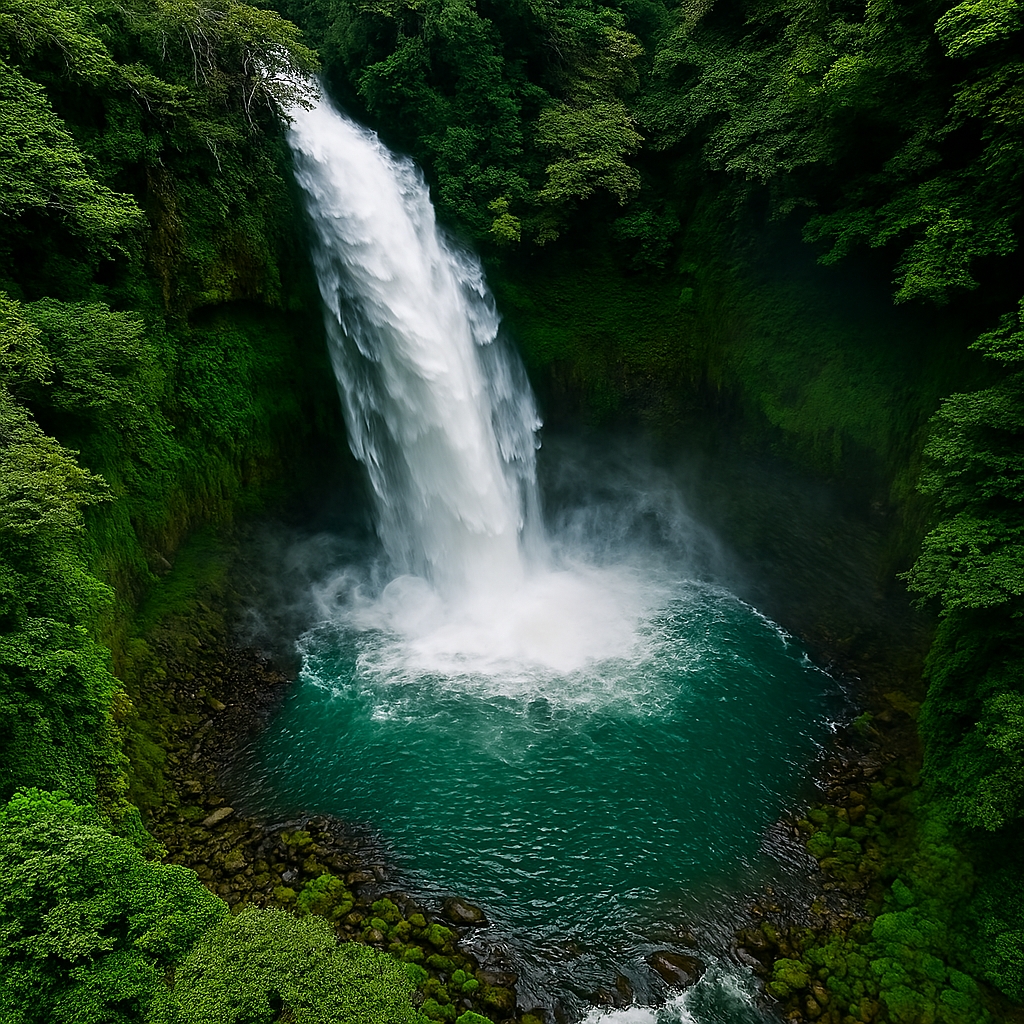Rebuilding Flow in Rivers, Creeks, and Waterways
The Role of Brick Walls and Rock Walls
Rivers, creeks, and waterways are vital components of our ecosystems, providing habitats for wildlife, sources of drinking water, and recreational spaces for humans. However, the issue of these water bodies drying up during certain seasons or due to human activities is becoming increasingly common. One effective solution to this problem is the use of brick walls and rock walls to rebuild the flow and maintain depth over the long term.
The Problem of Drying Rivers, Creeks, and Waterways
In many regions, rivers, creeks, and waterways experience reduced flow and depth, leading to dry riverbeds and channels during hot and dry seasons. This can result from various factors including climate change, deforestation, and urbanization. The decrease in water flow not only affects the aquatic life but also disrupts the balance of the surrounding ecosystem.

Utilizing Brick Walls for Flow Management
Brick walls are known for their stability and durability. When strategically placed along the banks of rivers, creeks, and waterways, they can help to direct the flow of water, ensuring that it remains within the desired channels. This helps to maintain a consistent flow and prevents the water from spreading out too thinly across the landscape.
Another significant advantage of brick walls is their ability to control erosion. The walls act as barriers that prevent the soil from being washed away during heavy rains or floods. This not only helps in maintaining the integrity of the banks but also ensures that the water flow remains stable and consistent.
The Benefits of Rock Walls
Rock walls, on the other hand, offer a more natural aesthetic compared to brick walls. They can be built using locally sourced stones, blending seamlessly with the natural landscape. This makes them an ideal choice for regions where maintaining the natural beauty of the environment is a priority.
Rock walls can create small pools and eddies within the waterway, providing habitats for aquatic life. These structures offer shelter for fish and other organisms, promoting biodiversity and enhancing the overall health of the waterway.
A Tried and True Method
The History of Brick and Rock Walls
The use of brick and rock walls in water management is not a new concept. This technique has been employed for centuries in various parts of the world. Ancient civilizations understood the importance of controlling water flow and used these materials to build durable and effective structures.
Despite its long history and proven effectiveness, the use of brick and rock walls in modern water management is not as widespread as it should be. Many people continue to rely on more contemporary methods, overlooking the benefits of this ancient technique. By recognizing and incorporating these time-tested methods, we can improve the sustainability and health of our rivers, creeks, and waterways.

Pros and Cons of Brick and Rock Walls In Waterways
Pros
Stability and Durability
Brick walls provide long-term stability and durability, ensuring consistent water flow.
Erosion Control
Both brick and rock walls help prevent soil erosion, maintaining the integrity of the banks.
Natural Aesthetics
Rock walls blend seamlessly with the natural landscape, enhancing the beauty of the environment.
Aquatic Habitat
Rock walls create habitats for aquatic life, promoting biodiversity.
Cost-Effectiveness
Once constructed, these walls require minimal maintenance and are cost-effective solutions.
Cons
Initial Construction Costs
The initial construction of brick and rock walls can be costly and labor-intensive.
Potential Environmental Impact
If not carefully planned and constructed, these walls can alter natural water flow and affect the ecosystem.
Maintenance Requirements
Although maintenance is minimal, periodic inspections and repairs may still be necessary.
Limited Application
Brick walls may not be suitable for all types of waterways, especially those with highly dynamic flow patterns.

The Management
Environmental Benefits of Brick and Rock Walls
The implementation of brick and rock walls in water management brings significant environmental benefits. These structures help to maintain natural water levels, promoting the growth of native plants and providing habitats for various wildlife species. This contributes to the overall health and biodiversity of the ecosystem.
Cost-Effectiveness and Maintenance
Brick and rock walls are cost-effective solutions for managing water flow. Once constructed, these walls require minimal maintenance compared to other modern water management techniques. Their durability ensures that they can withstand harsh weather conditions and continue to function effectively for many years.
Enhancing Recreational Spaces
In addition to their practical benefits, brick and rock walls can enhance recreational spaces. Well-maintained rivers, creeks, and waterways provide opportunities for activities such as fishing, boating, and hiking. The natural aesthetics of rock walls, in particular, can create picturesque landscapes that attract visitors and boost local tourism.

Community Involvement and Education
The construction and maintenance of brick and rock walls can also involve local communities. Engaging residents in these projects not only fosters a sense of ownership and responsibility for the environment but also provides educational opportunities about sustainable water management practices.
Addressing Climate Change
As climate change continues to impact water availability, the use of brick and rock walls becomes even more critical. These structures can help to mitigate the effects of extreme weather events, such as floods and droughts, by stabilizing water flow and maintaining consistent water levels.
Combining Brick and Rock Walls for Optimal Results
The key to success in using brick and rock walls lies in their strategic placement. By combining both types of walls, it is possible to harness their individual benefits. Brick walls can be used in areas that require high stability and erosion control, while rock walls can be placed in locations where enhancing the aquatic habitat and maintaining natural aesthetics are more critical.
The combination of brick and rock walls not only addresses the immediate issues of flow and depth but also ensures long-term sustainability. The durability of brick walls, coupled with the ecological benefits of rock walls, creates a balanced approach to managing waterway ecosystems.
Conclusion
The use of brick walls and rock walls to rebuild flow in rivers, creeks, and waterways is a practical and effective solution to prevent them from drying up. By leveraging the strengths of both materials, it is possible to maintain consistent flow, control erosion, and enhance aquatic habitats. This holistic approach ensures the long-term health and sustainability of our precious water resources.
Join the Discussion
Have you seen brick or rock walls used effectively in water management? Do you have suggestions or experiences you’d like to share?














Bull Rush Plants That Controls The Waterways
[…] they are considered to be guardians of waterways, reflecting their vital role in maintaining the health of aquatic ecosystems. The bull rush is even mentioned in The […]